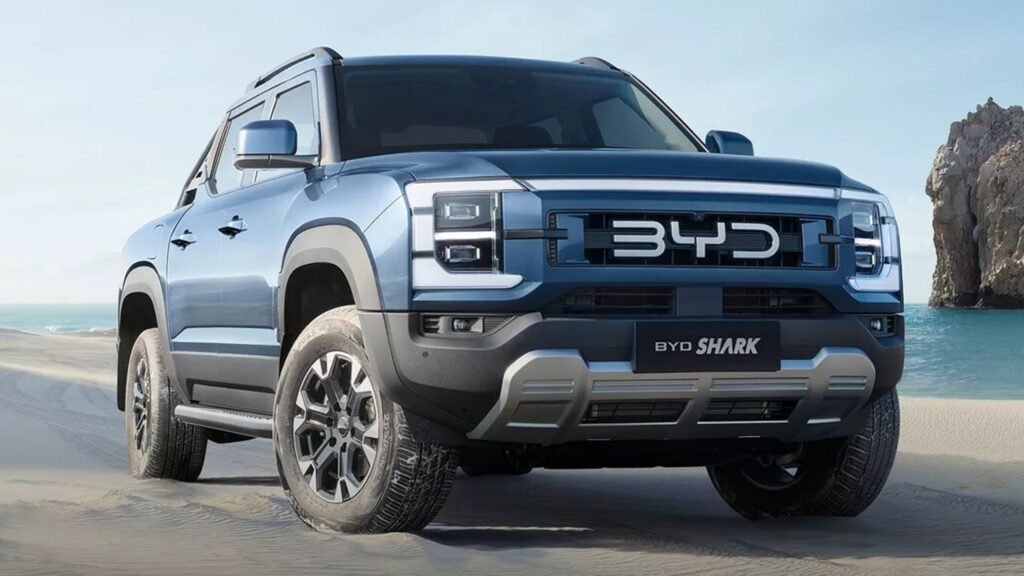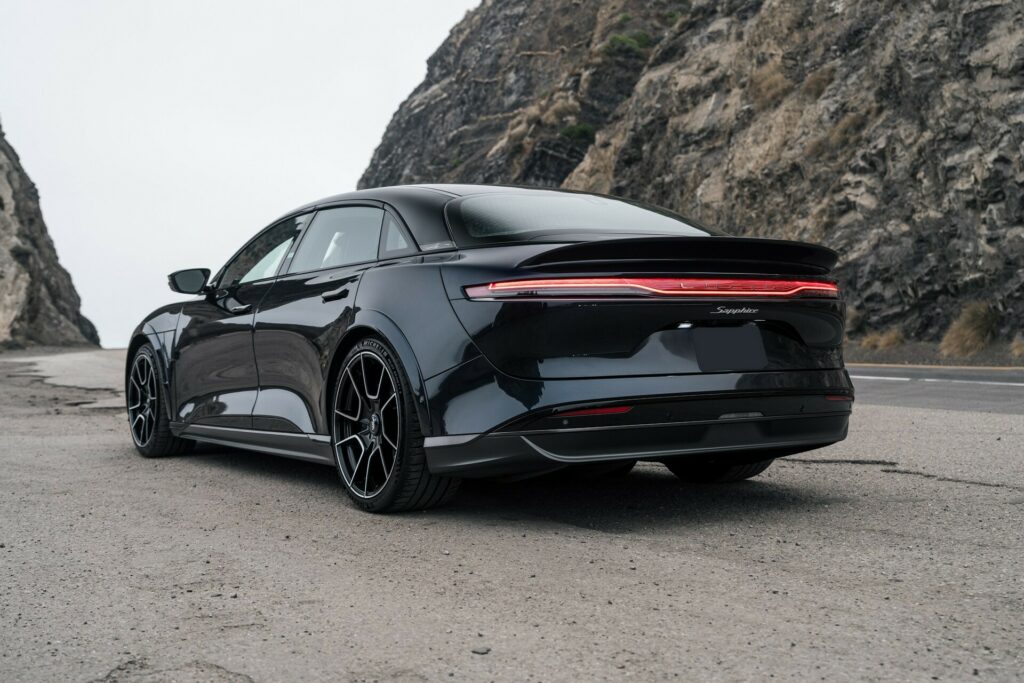2026 Polestar 2 Looks The Same But Hides Major Interior Upgrade
- The Polestar 2 gains Snapdragon chip boosting infotainment speed and connectivity.
- Optional Bowers & Wilkins 14-speaker system adds 1,350 Watts of premium audio clarity.
- New CATL-sourced 70 kWh battery increases WLTP range of base model to 344 miles.
The Polestar 2 is the longest-serving member of the lineup, having debuted in 2019. Despite its age, the Swedish brand has kept it up to date with a 2023 facelift and a steady stream of model year updates. For 2026, the fully electric liftback gets a tech-focused refresh that includes a new infotainment processor, an optional Bowers & Wilkins audio system, and expanded personalization options.
More: Volvo Owners Find Fake ‘Bowers & V Vilkins’ Speakers In Chinese Cars
Starting with the exterior, the Polestar 2 is now available in a Dune shade, a sandy hue with a smooth mica finish that replaces the Jupiter color. In addition, the optional Performance Pack also features updated 20-inch forged alloy wheels with a fresh five-spoke design.
Moving inside, the EV gains a more advanced Qualcomm Snapdragon processor chip, bringing it closer to the rest of the Polestar lineup in terms of computing power. The upgraded chip boosts download speeds, improves responsiveness, and enhances the overall performance of the infotainment system.
An interesting addition to the optional equipment is the Bowers & Wilkins audio system with 14 speakers and a total output of 1,350 Watts. Furthermore, the optional Plus Pack adds a new bio-attributed MicroTech upholstery finished in Charcoal with a quilting design, and Black Ash inserts. Finally, the new Prime Pack bundles together the Pilot, Plus, and Climate packs alongside privacy glass on the rear side windows and rear glass.
There are no mechanical changes for 2026, but the CATL-sourced 70 kWh battery option that was introduced last year will be made available in more markets, replacing the older 69 kWh battery supplied by LG Chem. This results in a slight increase to the WLTP figure of the Standard Range Single Motor variant, from 546 km (339 miles) to 554 km (344 miles).
More: Volvo Dealers To Sell Polestars To Boost Sales
The Polestar 2 is compatible with the Plug & Charge technology introduced by the Polestar 3, which allows drivers to simply plug in the cable to a public charger and let the vehicle initiate and authenticate the process.
The 2026 Polestar 2 is already available to order in Europe, with other markets, including the US, set to follow later this year.

